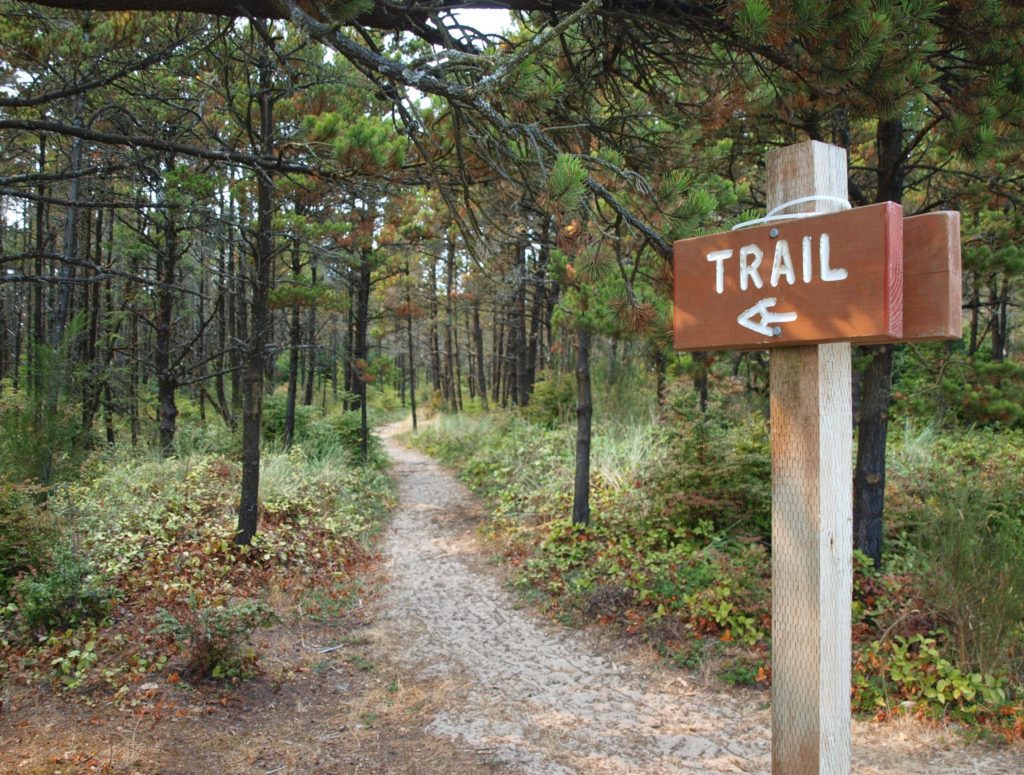Hello friends!
Next up in our series on trail etiquette, safety, and stewardship, are the 10 Essentials of Hiking. As with some previous posts, there are a few repeat concepts here. But if it’s something that’s made it to more than one list, odds or it’s a keeper.
Conditions on the Oregon coast, and all across the PNW for that matter, are notorious for changing rapidly and with little or no warning. The “expect the best but prepare for the worst” adage is a great thing to keep in mind when you’re preparing to go into the wilderness or even a casual day hike. Know your limitations, and err on the side of caution. Here is a list of the updated essential “systems” for hikers.
1. Navigation: It’s a good idea to carry a map and a compass. These can be augmented with things like altimeters and GPS units, but always have a map of the area and a compass.
2. Sun protection: Bring sunglasses, sunscreen, and proper clothing, including a hat.
3. Insulation: Will there be a blizzard on Kings Mountain in August? Probably not. However, you should have whatever it takes to survive the worst conditions that can be reasonably expected. No matter the season, start your outfit with wicking gear: clothing that is not made of cotton and that can wick moisture away from the body. Dress in layers, especially in cooler weather. Pack extra socks. If things are going to be cold or wet, bring additional layers and waterproof rain gear. Whatever the conditions are, avoid cotton.
4. Illumination: Flashlights, headlamps, and LEDs all work. It’s good to have a backup or spare batteries.
5. First-aid supplies: It’s up to you whether or not to bring such things as allergy pills or latex gloves. At the very least you will need some gauze, bandages, tape, and pain meds. There are many prepackaged kits available that include everything from bare-bones basics to an outdoor aid station. If you cut yourself on an agate, you’ll be happy you had a bandaid
6. Fire: This includes waterproof matches, disposable lighters, and chemical heat tabs.
7. Repair kit and tools: A knife or multitool is fairly standard. Depending on what you’re doing, duct tape and rope can be handy as well.
8. Nutrition: At least enough food for an extra day and night in the wilderness. Nutrition bars, jerky, nuts, and the like all work.
9. Hydration: Always have at least a water bottle or water bladder/reservoir system. You should also have some sort of water treatment or filtration on hand if you’re going on anything longer than a leg stretch.
10. Emergency shelter: Consider keeping a space blanket in your pack. Rain gear or even a trash bag will do in a pinch.
Listen to Adam discuss hiking tips on Aug. 30 episode of KATU’s Afternoon Live. To view segment, click on the link
Learn more about how you can be a steward of our trails and natural areas by visiting Caring For Our Coast.
